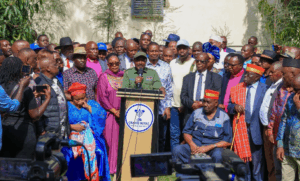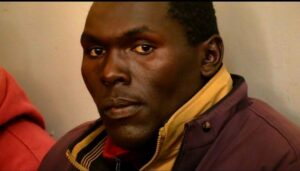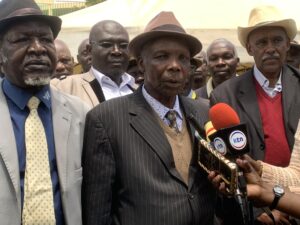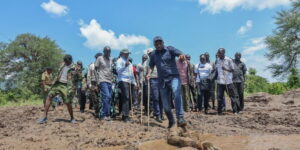Former Prime Minister Raila Odinga Passes Away — Nation Mourns
Raila’s political career gained momentum in the late 1970s and 1980s, during the era of President Daniel arap Moi’s single-party rule.
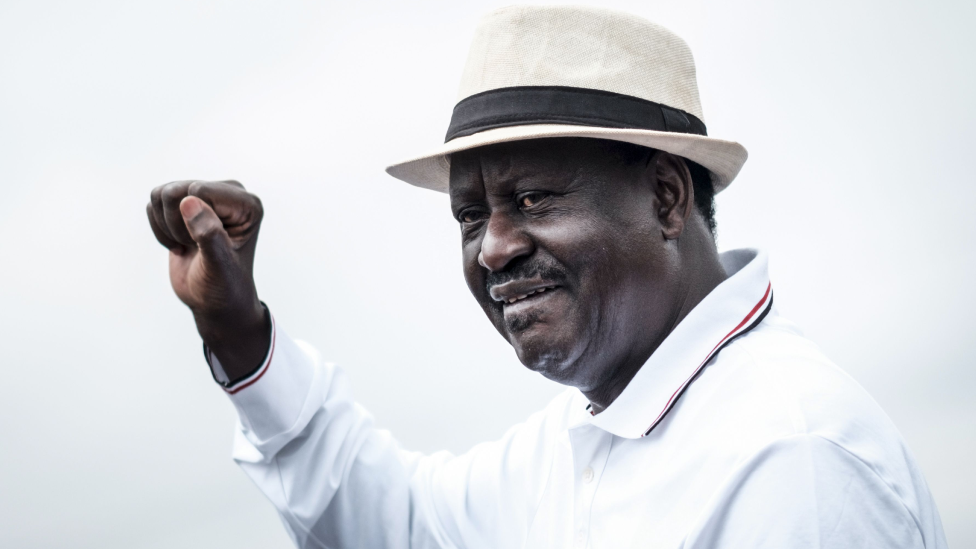
Raila became Prime Minister of Kenya between 2008 and 2013 under the Grand Coalition Government, formed after the disputed 2007 presidential election that led to post-election violence. Photo / Courtesy
By Juliet Jerotich
The ex-Kenyan Prime Minister Raila Odinga has died at 80, Odinga, who was under treatment in Kochi, the southern Indian city, suffered a cardiac arrest on Wednesday and was admitted to hospital where he was pronounced dead.
Raila Amollo Odinga is a Kenyan statesman, politician, and businessman who has been at the center of Kenyan politics since over four decades. Raila was born on January 7, 1945, in Maseno, Kisumu County. He was the son of Jaramogi Oginga Odinga, Kenya’s first Vice President following independence. Growing up in an engaging political family shaped his life as a subsequent reformist and democrat champion.
Raila attended Maranda High School prior to continuing to Herder Institute in Leipzig, East Germany, and then Otto von Guericke University Magdeburg, where he was given a Master’s in Mechanical Engineering in 1970. In Kenya, he was employed as a lecturer at the University of Nairobi and later started Standard Processing Equipment Construction & Erection Ltd (later East African Spectre Ltd), a gas cylinder firm.
Raila’s political career gained momentum in the late 1970s and 1980s, during the era of President Daniel arap Moi’s single-party rule. He became a prominent voice in the pro-democracy movement, advocating for multi-party democracy and constitutional reforms. In 1982, he was detained without trial for his alleged involvement in a coup attempt against Moi’s regime, spending nearly nine years in prison over several detentions.
Raila in 1992, after the return of multi-party democracy in Kenya, was elected the Member of Parliament for the Lang’ata Constituency and thus began a long and interesting parliamentary life. Raila also served in cabinet portfolios, for example, Minister for Energy (2001–2002) and Minister for Roads, Public Works, and Housing (2003–2005).
Raila was Kenya’s Prime Minister from 2008 to 2013 in the Grand Coalition Government, which followed the disputed 2007 presidential election that ended in post-election violence. He focused on national reconciliation, infrastructure and governance reforms, among others, together with President Mwai Kibaki.
He has since stood for the presidency on at least five occasions (1997, 2007, 2013, 2017, and 2022) and has emerged as the voice of opposition politics and democratic resistance in Kenya. In 2018, Raila signed a historic peace agreement with President Uhuru Kenyatta in what had been referred to as the “Handshake” aimed at fostering unity and national reconciliation.
Beyond politics, Raila Odinga is a Pan-Africanist leader, writer, and democrat icon on the continent. He has also served as an African Union High Representative for Infrastructure Development and an advocate for African integration and sustainable development.
He is married to Ida Betty Odinga and has four children. His legacy remains to influence Kenya’s political and social trajectory, and he is the very symbol of the struggle for democracy, justice, and rebirth of the nation.

